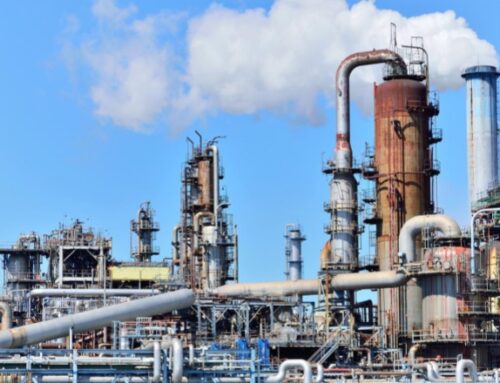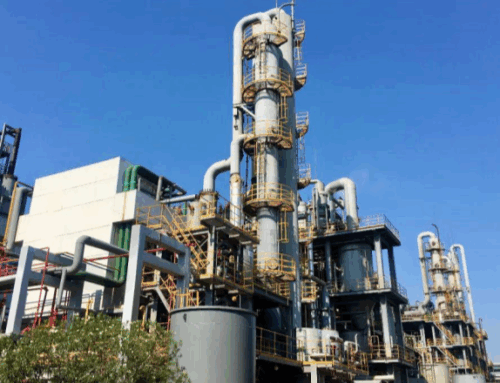Polyolefin is the largest and most widely used polymer material in the world. The development of polyolefin industry is closely related to the upgrading of polymerization catalysts. Compared with traditional Ziegler-Natta (ZN) catalysts, metallocene catalysts have attracted extensive attention due to their “single point” activation, fine control of polymer structure, molecular weight and narrow molecular weight distribution. In the early 1950s, American scholars discovered the metallocene complex ferrocene, and then prepared metallocene such as titanium cene and zirconium cene for ethylene polymerization, but due to the low activity of the catalyst, the development was relatively slow.
In 1991, ExxonMobil of the United States used metallocene catalyst technology and high-pressure ion polymerization process to produce the product named Exact metallocene linear low-density polyethylene to achieve the industrialization of metallocene catalysts. In recent decades, there have been many literatures on the synthesis of new structures of metallocene catalysts, the development of co-catalysts and the study of resin properties.
With the explosive growth of scientific knowledge in the 20th century, how to clarify the discipline context, research hotspot, research frontier and research trend in the massive literature has become a difficult problem for scientists. Scientometrics is a branch of informatics that uses quantitative analysis of literature to find out the knowledge structure and research trends of a discipline. In recent years, as a new method and a new field of scientometrics, scientific knowledge graph has made great progress. The scientific knowledge graph takes the knowledge domain as the research object, and displays the development process and structure relationship of scientific knowledge in the form of the graph.
CiteSpace, a knowledge graph software developed by Chen et al., has emerged as one of the most popular knowledge graph rendering tools among all kinds of visualization software due to its powerful co-citation analysis. CiteSpace is based on Thomas Kuhn’s science development model theory, Price’s science frontier theory, and the best information foraging theory of science communication. It reveals the frontier, hot spot and discipline evolution in the research field through cooperation map, co-occurrence map and co-citation map.
Chen et al. used CiteSpace to conduct research on regenerative medicine, and used structural and temporal indicators to identify key papers and important researchers in this field, Shinya Yamanaka, who won the Nobel Prize in Physiology that year.
Metallocene has strong catalytic activity and excellent homogeneity of catalytic synthesis products
Metallocene catalysts are usually catalytic systems composed of metallocene compounds and cocatalysts. Metallocene compounds generally refer to metallocene complexes composed of transition metal or rare earth elements and at least one cyclopentadiene or its derivatives as ligands. The co-catalysts were mainly alkyl alumoxane or organoborate compounds.
Compared with other catalysts, metallocene catalysts have unique properties. Metallocene catalysts have obvious advantages over other catalysts in catalytic synthesis of polymers, especially zirconium cene catalysts. Secondly, due to the single catalytic active center, metallocene catalyst can promote the narrow and uniform molecular weight distribution of the copolymer monomer on the main chain of polymerization, which determines the homogeneity of the polymer synthesized by metallocene catalyst. In addition, metallocene catalysts have better performance than other catalysts in the copolymerization of different monomers.
The structural diversity of metallocene catalysts enables them to produce a variety of polyolefin products
Metallocene has rich structure, according to its different structure, can produce different polyolefin. There are thousands of metallocene catalysts that can produce metallocene polypropylene, but each catalyst produces a different structure of polypropylene; The structure of polypropylene produced by the same catalyst under different reaction conditions is also different. It can be seen that the polymerization behavior of metallocene catalyst system is much richer than that of traditional catalysts, and more structural types of polyolefin can be produced.
According to the classification of structure, metallocene catalysts can be divided into many types, such as non-bribriated metallocene catalysts, bribriated metallocene catalysts, bribriated double (multi-nuclear) metallocene catalysts, monocene catalysts, etc. Metallocene catalysts with different structures have different functional characteristics.
Article from M&J International Trading Co., Ltd





